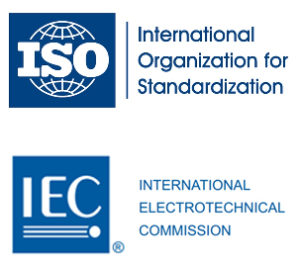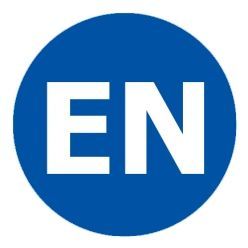European countries such as Britain, Germany, and France are highly developed countries. The requirements of their cable standards are generally higher than IEC standards. However, these standards are now being integrated with each other to form an absolutely authoritative standard system, that is, the European standard.
In charge of European cable standards is the European Electrotechnical Association: CENELEC, whose members include Austria, Belgium, Czech Republic, Denmark, Finland, France, Germany, Spain, Iceland, Ireland, Italy, Luxembourg, Malta, Netherlands, Norway, Portugal, Spain , Sweden, Switzerland and the UK’s nat ional electrical associations.
ional electrical associations.
CENELEC members are obliged to implement the CEN/CENELEC international agreement, which stipulates: This European Standard shall be implemented in accordance with national standards and no changes shall be made. Once a European standard is promulgated, all members must announce it according to the level of the national standard within 6 months after the European promulgation, and implement the European standard according to the national standard within one year after the European promulgation. And within the next 5 years, the original national standard that conflicts with the European standard will be abolished.
In addition, the European Electrotechnical Association has also issued a coordination document that has the same effect as the European standard, namely the HD document. HD documents also supersede the national standards of member countries within the period specified above.
In fact, European countries often replace their corresponding national standards with European standards in a short period of time. For example, the European standard for cable bundle burning test, namely EN50266, its promulgation date is 2001, but Britain, Germany and other countries In 2003, similar national standards BS4066 and DIN VDE0472-804 have been abolished.
The number of the European standard is directly included in the national standards of various countries without change. For example, the national standard numbers of EN50306 in Britain, Germany, France and other countries are BS EN50306, DIN EN5050306 and NF EN50306. HD files are numbered separately.
The European standard also integrates certain standards in IEC and ISO, such as IEC60811, whose European standard number is EN 60811, and the national standards are BS EN60811, NF EN 60811, etc.
The European standard converted from the IEC standard, the first digit of the standard number should be “6”.
France, Germany and other countries are the most active supporters of European standards. Nowadays, some important cable standards of France, Germany and other countries have been integrated into HD files. Currently, about half of the national cable standards in France are European standards.

The most commonly used low-voltage cable standards in France, Germany and other countries, namely the series standards for rubber cables and PVC cables (DIN VDE 0282, NF C32-102 and DIN VDE 0281 and or NF C32-201), have been integrated into HD22 and HD21.
The IEC and ISO standards are the most widely used standards in the world, while the European standards are the standards used by most developed countries. To connect our products with the world, we must first implement standard integration. In fact, many countries with underdeveloped industries often adopt the standards of advanced countries such as BS.
The advanced nature of European standards exceeds the IEC standard, and the authority is higher than the national standards of Britain, Germany, France and other countries. Compared with American standards, European standards are closer to Chinese standards.
